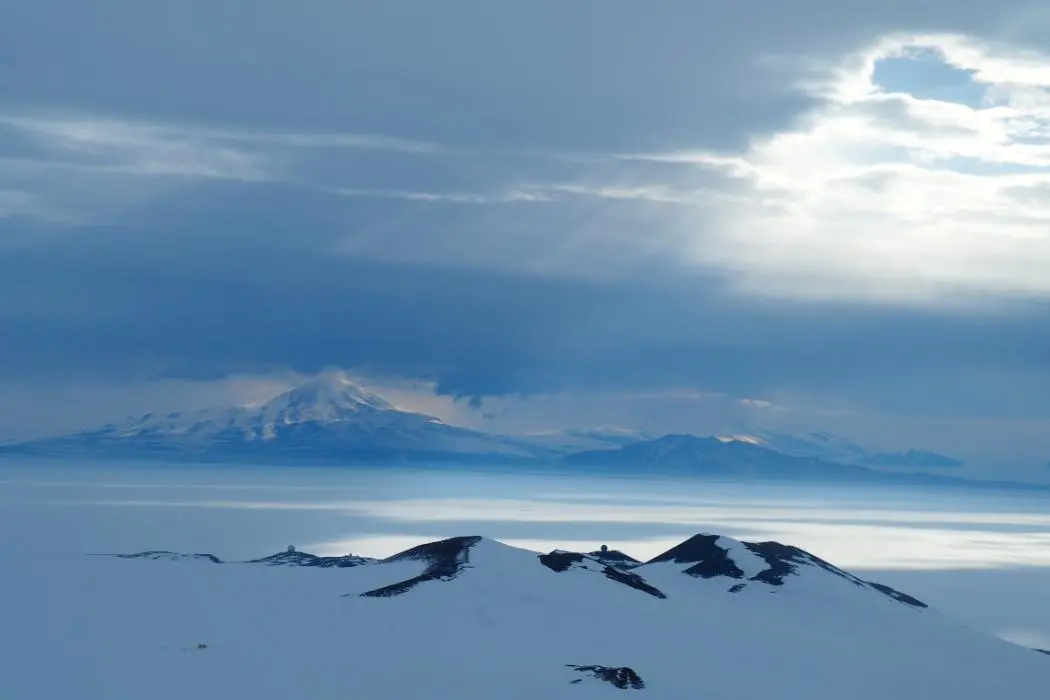Contents
New Zealand researchers have found plastic particles in freshly fallen Antarctic snow. Such snow “porridge” can be toxic to plants and animals of the continent and accelerate the melting of ice.
Scientists at the University of Canterbury have published a study that confirms the presence of microplastics in the snow of Antarctica for the first time in the world. The presence of tiny plastic particles up to 5 mm in the fallen snow poses a serious threat to the entire continent. Microplastics have a negative impact on the environment, limit the growth, reproduction and general biological functions of living organisms, and also affect the climate by accelerating the melting of snow and ice.
Optimism not justified
University of Canterbury PhD student Alex Aves collected snow samples from the Ross Ice Shelf in Antarctica in late 2019 as part of the Gateway Antarctica program. At that time, not much research was being done on microplastics in the air, and it was not yet known how widespread this problem would become.

“When Alex traveled to Antarctica in 2019, we were optimistic that she would not find traces of microplastics in such a pristine and remote location,” says Dr. Laura Revell, assistant professor of environmental physics. “Just in case, we asked Alex to collect snow from the roadway near the Scott Base and McMurdo stations so that she would have at least some microplastics to study.”
In the laboratory, it turned out that there are plastic particles in all 19 samples of Antarctic snow – both from the roadway and from the deserted places of the glacier. Aves says she was shocked by her discoveries.
“It’s incredibly sad, but the discovery of microplastics in fresh Antarctic snow highlights the extent of plastic pollution in even the most remote regions of the world,” she says.
Laura Revell:
“We know from research published over the past few years that wherever scientists look for airborne microplastics, they end up being found.”
Where does microplastic come from in Antarctica and what to do about it
The graduate student found 29 particles of microplastics per liter of snowmelt, which is higher than the concentration of microplastics in the marine environment at the Ross Glacier and in Antarctic sea ice.

Right next to the scientific bases on Ross Island – the already mentioned Scott Base and McMurdo Station, the largest station in Antarctica – the density of microplastics turned out to be almost three times higher. Among the 13 types of plastic, PET was the most common, commonly used to make clothing and soft drink bottles.
Scientists suggest that the plastic particles may have traveled thousands of kilometers through the air, but it is equally likely that the presence of people in Antarctica left its “microplastic footprint”.
Previous research by Dr. Revell has shown that microplastics in the atmosphere can trap radiation emitted by the Earth and contribute to climate change. Dark microplastics on icy surfaces can absorb sunlight and lead to localized warming, she said.
Natasha Gardiner, environmental adviser for New Zealand’s National Antarctic Program, called the University of Canterbury study “tremendous value.”
Natasha Gardiner:
“Alex and her colleagues’ research enables the Antarctic Treaty parties to make evidence-based decisions about the urgent need to reduce plastic pollution in the future. This improves our understanding of the extent of plastic pollution near Scott Base and where it comes from.”
Microplastics are spreading all over the world and “live” almost everywhere – from the top of Mount Everest to the depths of the oceans. People are known to inadvertently eat and inhale microplastics, and a recent study by scientists from Leeds and Hull (UK) showed that microplastics cause damage to human cells. Microplastics have been found in the human placenta and in the bodies of babies, which is of great concern to scientists.










